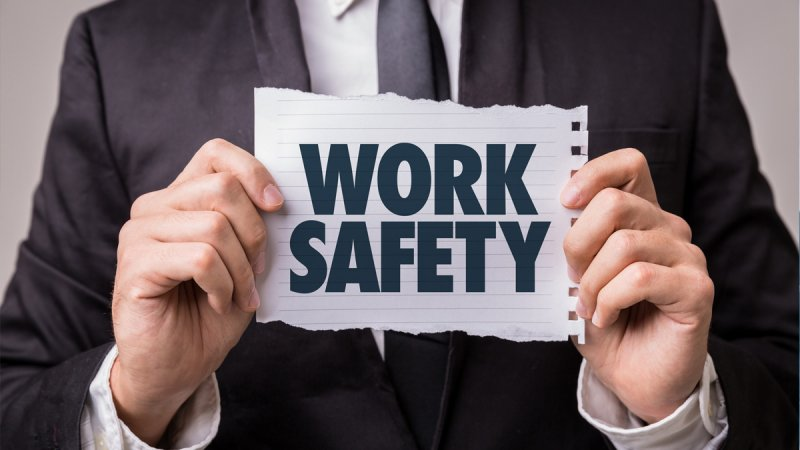Protecting the health and safety of employees is an employer’s primary duty to their staff. The most common causes of workplace accidents are falls, slips and trips. It is therefore a legal as well as moral obligation for employers to take every possible step to prevent these incidents.
As well as the obvious human cost of these injuries, falls, slips and trips can have a big financial impact. Fox’s Biscuits gave their policy a significant improvement after realising slips and trips were costing them thousands of pounds per year and, one year, 95 days of combined employee absence. By updating their policies, they were able to significantly reduce the amount of these kinds of accidents – a great outcome for the health and safety of their staff and for their business as a whole.
Conduct a Risk Assessment
Risk assessments are a vital step in keeping track of your workplace hazards. Considering all types of potential risks (and speaking to staff, who will most likely have valuable insight and suggestions for improvement) often brings to light issues that were being neglected and might have resulted in a health and safety breach.
For slips and trips, consider both the environment (e.g. trailing cables, flooring in a bad state of repair or inadequate lighting) and the way employers and visitors to the site move around the workplace (e.g. areas and times where there is heavy footfall in particular areas). A record of any “near misses” or previous instances of people tripping can provide good clues as to where the problems might lie.

Fix the Issues
As with all risk assessments, policies relating to slips and trips should be shared widely with employees who have been properly trained in them, and reviewed regularly. This is especially important after any changes in circumstances such as new employees joining or a change in the physical aspects of the workplace, such as a remodelling or an office move.
All reasonable steps should be taken to reduce the likelihood of slips and trips. What shape this takes will vary from business to business and site to site. In all cases, all areas should be adequately lit, with appropriate floor cover (including non-slip mats if needed), and staff should be issued with specialist footwear if their job requires it. All electrical devices should be looked at to ensure there are no trailing wires and all employees can move about their work space without having to step over cables. If extra sockets need to be put it to avoid this, that can also be a step towards greater electrical safety by avoiding socket overload.
It’s important for employers to take into account that some risks may be time- or weather-dependent. For example, a carpark may appear to have adequate lighting during the summer months but turn dangerously dark during winter afternoons. Likewise, a normal welcome mat at an entrance may be perfectly fine for most of the year but extra precautions might be needed during snow or heavy rain.
Training
Risk assessments should not be written in isolation. Policies are more effective and more likely to be followed if staff feel they’ve had some input into their creation and that the policies are relevant to their day to day working experiences. Both employers and employees have a responsibility to protect the health and safety of all colleagues, site visitors and members of the public, so good quality training is vitally important. New starters should be given health and safety training as soon as possible to make sure they’re just as aware of potential risks as long-standing employees.
Staff need to be aware that good housekeeping is not just a matter of cleanliness and keeping the workplace free of clutter; it’s a health and safety matter, with a real impact on both slips and trips and fire safety.
Many companies find it useful to operate a “deal with it” policy towards spillages and trailing cables. During the course of a busy work day, it can sometimes be tempting to spot a potential hazard and assume it’s already being dealt with. However, if everyone takes this attitude, hazards can be left for longer than necessary and increase the likelihood of someone slipping. “Deal with it” policies don’t assume all spillages can automatically be dealt with by the first person who sees them (some require specialist equipment or cleaning products and techniques to clean, especially potentially hazardous substances) but make it more likely that, in these circumstances, the correct person to handle it will be informed as soon as possible.
Most falls, slips and trips are preventable and can be stopped with easy, common sense solutions. It just takes awareness of the risks and an ongoing commitment to protecting all staff from harm.


